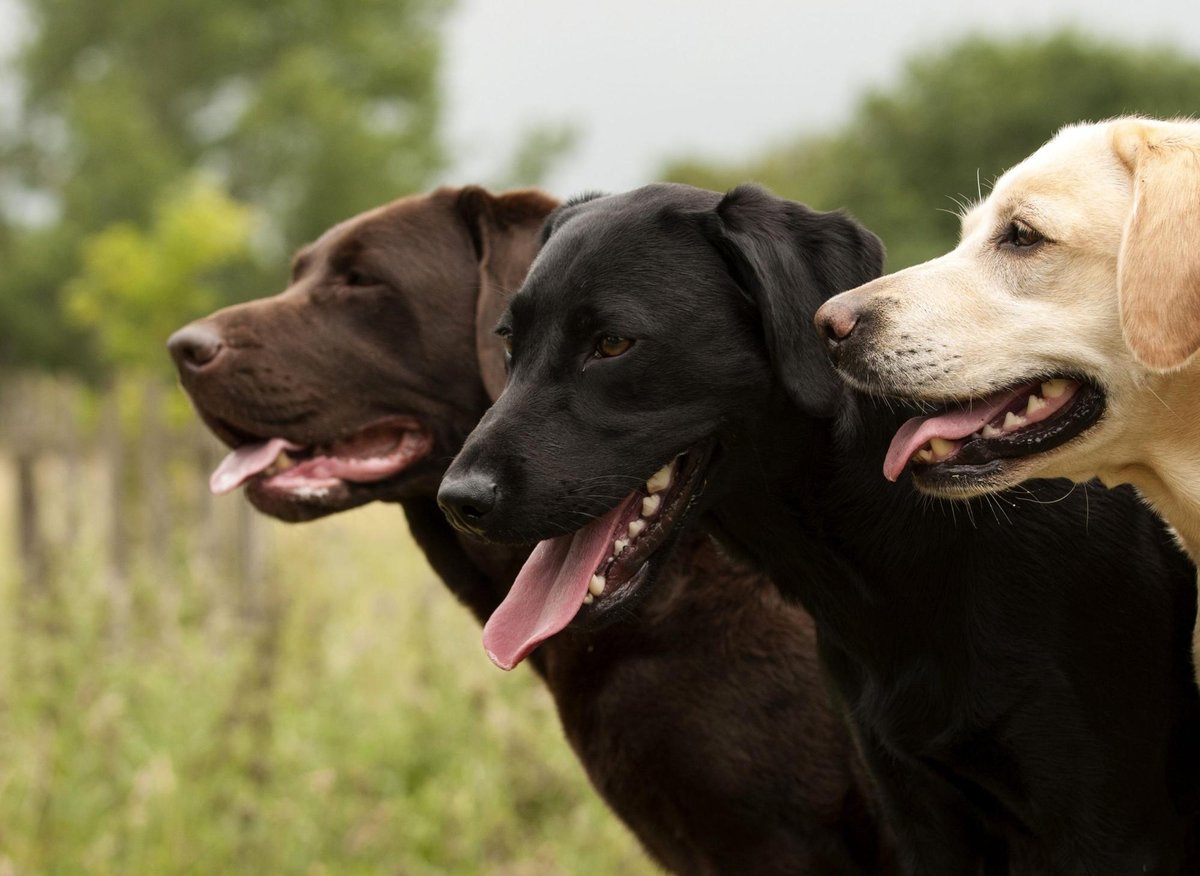Ah, dogs. Ever wondered why they’re referred to as “man’s best friend”? Why do they make us feel so loved and understood?
Introduction to Man’s Best Friend
Have you ever looked into a dog’s eyes and felt a bond that seems almost mystical? Well, there’s history and science behind that.
The Historical Bond
Dogs have been our companions for thousands of years. From the time of ancient civilizations to the modern era, these loyal animals have stood by our side, worked with us, and given unconditional love. So, when we think about dogs, we’re not just thinking about a pet; we’re reminiscing a bond as old as civilization itself!
Why Dogs are Special
It’s not just their fluffy tails or those heart-melting puppy eyes; it’s their innate ability to understand human emotions and respond to them. Ever felt down and suddenly your dog is there, offering comfort with a wagging tail? That’s no coincidence!
Understanding Canine Behavior
To truly appreciate dogs, we need to understand their behaviors and quirks.
Communication Through Tail Wagging
A dog’s tail isn’t just for balance; it’s a communication tool! A wag to the right often means your pup is happy, while a wag to the left might signify something’s amiss. And a straight-up tail? Your doggo’s alert and attentive!
The Importance of Socialization
Just like humans, dogs need to socialize! This ensures they’re well-adjusted and can interact with other dogs and humans without fear or aggression. Remember, a well-socialized dog is a happy dog!
Dogs’ Physical Needs
Their emotional understanding is unmatched, but don’t forget their physical needs.
Dietary Needs
Just like us, they need a balanced diet. But remember, chocolate is a no-go for dogs! Always be aware of their dietary restrictions.
Exercise and Play
Play fetch, take them on walks, or just let them run around. Physical activity is crucial for their mental and physical health.
Health and Well-being
Dogs can’t tell us when they’re feeling unwell, so it’s up to us to ensure their health.
Regular Check-ups and Vaccinations
Routine vet visits and timely vaccinations are essential. A healthy dog is a happy dog!
Common Health Issues
From ticks to arthritis, be aware of the common issues dogs face and ensure you’re proactive about their health.
Training and Discipline
A well-behaved dog isn’t just born; it’s made!
Positive Reinforcement
Always reward good behavior. Treats, praise, or a simple pat can go a long way in teaching your dog right from wrong.
The Role of Consistency
Consistency is key! Ensure you and everyone in the household are on the same page when it comes to rules and discipline.
Conclusion
Our furry friends are not just pets; they’re family. Understanding their history, behavior, needs, and health ensures we provide them with the best life possible. So, next time you look at your dog, remember the ancient bond you share, and cherish every moment!
FAQs
- Why do dogs wag their tails?
Dogs wag their tails primarily as a form of communication. It can signify happiness, alertness, or even discomfort. - Can I feed my dog human food?
While some human foods are safe for dogs, others can be toxic. Always consult a vet before introducing new foods to your dog’s diet. - How often should I take my dog to the vet?
Annually for a check-up is standard, but puppies may require more frequent visits. - Do all dogs need to be trained?
While not all dogs require formal training, basic discipline and house rules are essential for every dog. - How can I socialize my dog?
Introduce them to different environments, people, and other animals gradually and ensure positive experiences to build their confidence.












